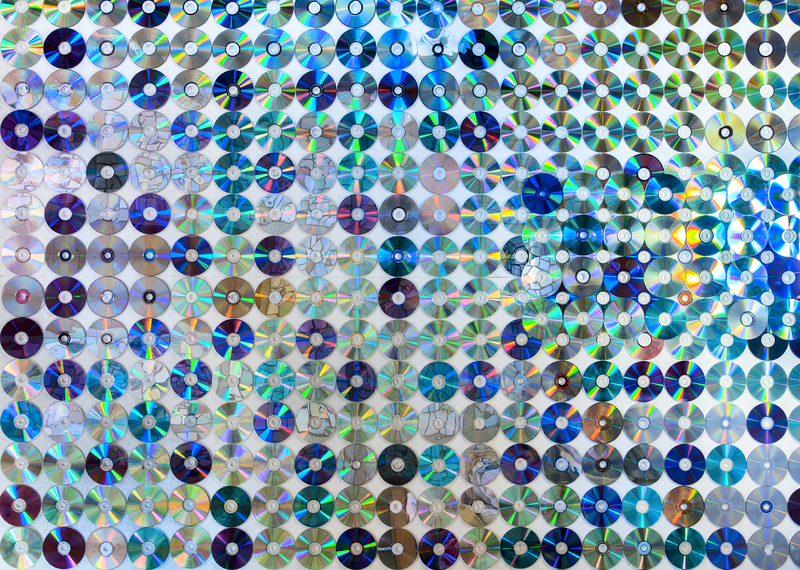Revealing the Secrets of Glass Recycling
Glass recycling is an essential component in the sustainable management of resources. With a growing emphasis on environmental conservation, understanding the intricacies of glass recycling can significantly enhance our efforts toward a more sustainable future.
The Importance of Glass Recycling
Glass recycling plays a crucial role in reducing waste and conserving natural resources. Unlike many other materials, glass is 100% recyclable and can be recycled repeatedly without losing its purity or quality. This strength makes glass a valuable commodity in the journey towards sustainability.
Environmental Benefits
Recycling glass reduces the need for raw materials and decreases energy consumption. By recycling a ton of glass, you can save over a ton of natural resources. The process of transforming recycled glass into new products also consumes less energy compared to producing glass from raw materials.
Economic Impacts
In addition to its environmental benefits, glass recycling positively affects the economy. The recycling sector is a notable contributor to job creation, supporting thousands of positions across different stages of the recycling process. Moreover, recycling glass helps reduce landfill costs by diverting waste away from landfills.

The Glass Recycling Process Unveiled
Understanding how glass is recycled provides insight into its importance and efficiency.
Collection and Sorting
The process begins with the collection of glass waste. Glass containers, jars, and bottles are typically collected from households and businesses and taken to recycling facilities. Sorting is crucial in this stage, as glass must be separated by color: clear, green, and amber. This sorting is essential because different colors are often used for different products.
Crushing and Cleaning
Once sorted, the glass is crushed into small pieces known as cullet. These pieces are then thoroughly cleaned to remove any contaminants such as labels, metal caps, and plastic. This step ensures that only glass material enters the melting process.
Melting and Forming
Clean cullet is blended with raw materials and melted at extremely high temperatures in a furnace. The hot, molten glass is then molded into new products, ranging from glass bottles to decorative items. This melted glass can indefinitely be reused, proving the sustainability of glass recycling.
Challenges in Glass Recycling
Despite its numerous benefits, glass recycling faces several challenges that impact its efficiency and efficacy.
Contamination
One of the primary challenges is contamination. Non-glass materials found in recycling bins can disrupt the recycling process by causing flaws in the melted glass. This contamination often occurs when people improperly dispose of waste, highlighting the need for better public education and awareness.
Economic Viability
Maintaining the economic viability of glass recycling is another challenge. Transporting glass can be costly due to its weight, leading some recycling centers to limit the types of glass they accept. Often, the market demand for recycled glass can influence how much and what kinds of glass get recycled.
Future of Glass Recycling
The future for glass recycling is promising, with advancements geared towards enhancing its effectiveness and appeal.
Technological Innovations
Innovations in technology are pivotal in revolutionizing the glass recycling landscape. Automated sorting equipment powered by artificial intelligence and machine learning can greatly reduce contamination, increasing the efficiency of recycling processes.
Community Engagement
Education and community engagement are vital to addressing the challenges of glass recycling. By informing people about the proper disposal practices and the importance of recycling, we can significantly reduce contamination and increase recycling rates.

Glass Recycling Around the World
Different countries approach glass recycling with varying levels of success and strategies.
European Model
European countries such as Germany and Sweden boast some of the highest glass recycling rates globally. They have implemented comprehensive systems focusing on public education and conveniently located recycling bins to facilitate higher recycling rates.
America's Approach
The United States has a more fragmented approach, with individual states implementing different recycling guidelines. Despite challenges, there is a growing trend towards single-stream recycling systems and increasing awareness about the importance of recycling among Americans.
Conclusion
Revealing the secrets of glass recycling highlights the potential and opportunities embedded within this practice. With continued innovation and heightened public awareness, glass recycling can play a significant role in achieving global sustainability goals. By understanding and supporting the glass recycling process, society can benefit environmentally and economically, easing the journey towards a greener, more sustainable world.
By diving deep into these elements, we uncover a wealth of opportunities in elevating glass recycling to meet the challenges of today and tomorrow. Through collective effort and enhanced systems, glass can continue to shine--not just in our windows and bottles, but in our plans for a sustainable future.